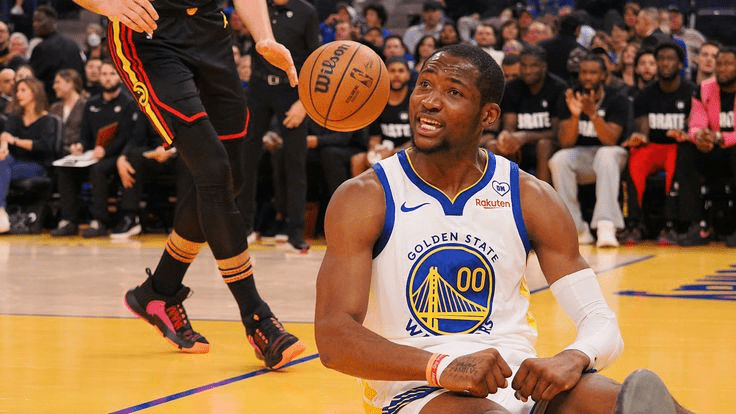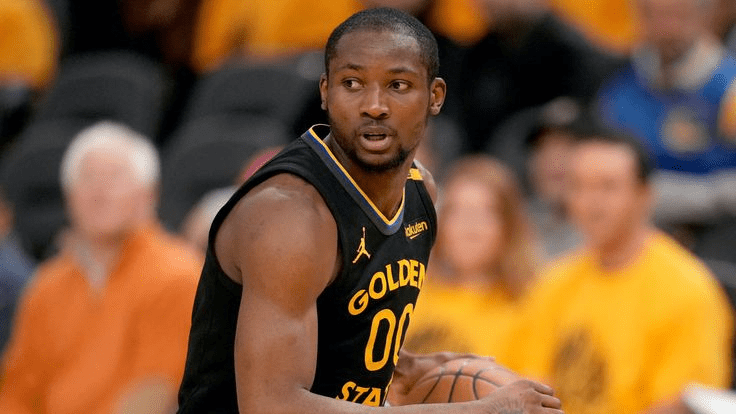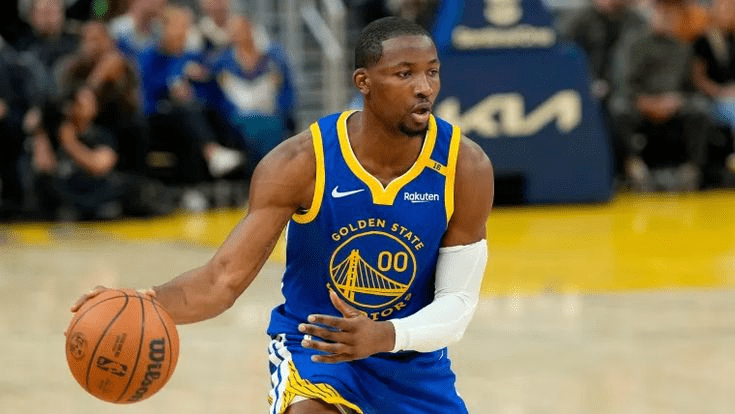The long-standing negotiations between Jonathan Kuminga and the Golden State Warriors have finally come to an end. The two sides agreed to a two-year, $48.5 million contract that contains a team option for the 2026-27 NBA season, league sources told ClutchPoints on Tuesday. It’s a win-win scenario for both sides.

It gives Kuminga the money he desired on a shorter contract that allows him more agency in the near future. On the other side, Golden State maintains its asset flexibility with Kuminga at the roughly $22-million salary slot and allows them to finally sign their verbal commitments in Al Horford and De’Anthony Melton. And for both sides, the one-plus-one team option deal allows them to get out of each other’s business should an enticing trade possibility arise.

But there’s still one catch to Kuminga’s tradeability. According to ESPN’s Bobby Marks, Kuminga’s new contract has a trade restriction that prevents the Warriors from moving him before January 15th of next calendar year. Simultaneously, Kuminga’s cap hit prevents them from signing a 15th player until November 15th.
This will not delay Horford from signing, the presumed full $5.7 million taxpayer mid-level exception, nor Melton from taking his presumed two-year veteran minimum any longer. However, it does prevent Golden State from moving forward with free agent sharpshooter Seth Curry. He and the Dubs have expressed interest in each other but will remain delayed due to the arduous Kuminga contract situation.
Where does that leave Kuminga and Golden State’s relationship?
The January 15th trade restriction means Kuminga and the Warriors will be stuck with each other for the first half of the NBA season, and it’s no secret that the two sides have a tenuous relationship with each other.
Kuminga’s been vocal about his role and his playing time in coach Steve Kerr’s rotation. His agent, Aaron Turner, recently described Kerr’s vision for Kuminga as “the worst sales pitch to a $20m+ free agent in the history of basketball.”

Kerr’s been adamant that he sees the fourth-year forward less as an on-ball isolation scoring star and more as an off-ball, two-way supplement to Stephen Curry and Jimmy Butler III. Aaron Gordon is a comparison Kerr’s used in the past. Friction has emerged more than once as a result of their conflicting visions for Kuminga’s role on the court, which is a big reason why he fell out of the Warriors’ rotation toward the end of the season.
Of course, the Warriors turned to Kuminga in the second round versus the Minnesota Timberwolves after Stephen Curry went down with a hamstring injury. However, it appears his good performance in that series did not make the Warriors budge in how they view Kuminga next to their veteran core.
Moving past the distractions
Still, the next couple of months offer Kuminga and the Warriors a window to rehabilitate their relationship with one another. Kuminga has the chance to show he can be a winning player, and the Warriors have the chance to recoup the value he evidently did not command after a free agency full of unsatisfying sign-and-trade offers.
And while there may be some awkwardness to iron out, the team expects him to be locked in moving forward.
“When he’s here, ready to work, we expect him to be locked in on doing what he needs to do to help us win,” Curry told reporters at Media Day.
Publicly, the general view amongst the Warriors’ locker room has been a sympathetic understanding of the business side inherent to professional basketball.

Later, Curry answered a follow-up about if he is concerned Kuminga’s situation will become a distraction.
“He’s going to get asked questions. You’re asking questions. Everybody is going to ask questions about it, but what happens when I leave this microphone, go in the locker room, and players talk? That’s going to be the make-or-break of how we move into the year with the right frame of mind.”
Leave a Reply